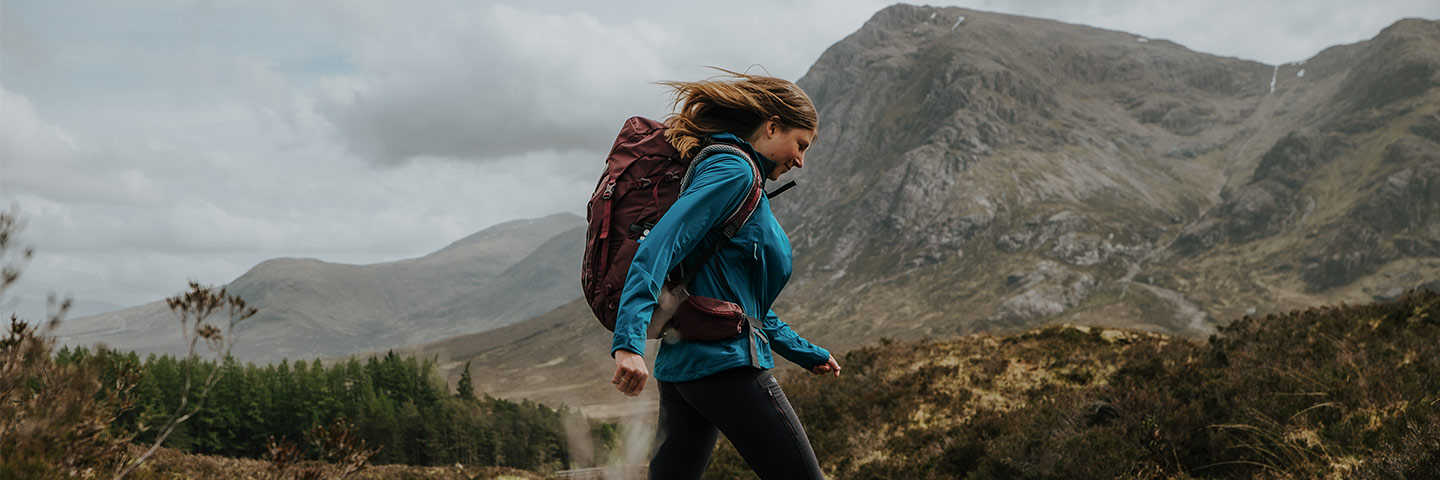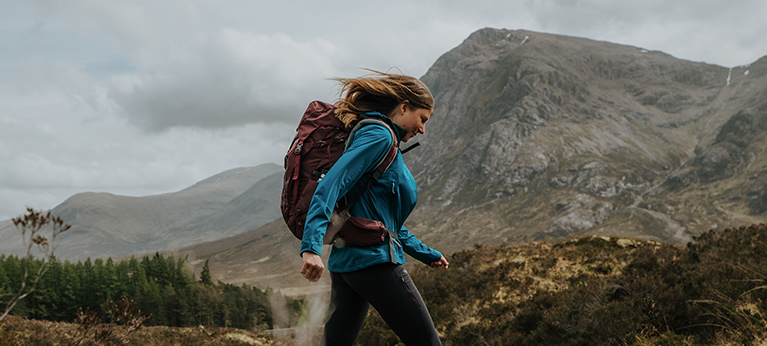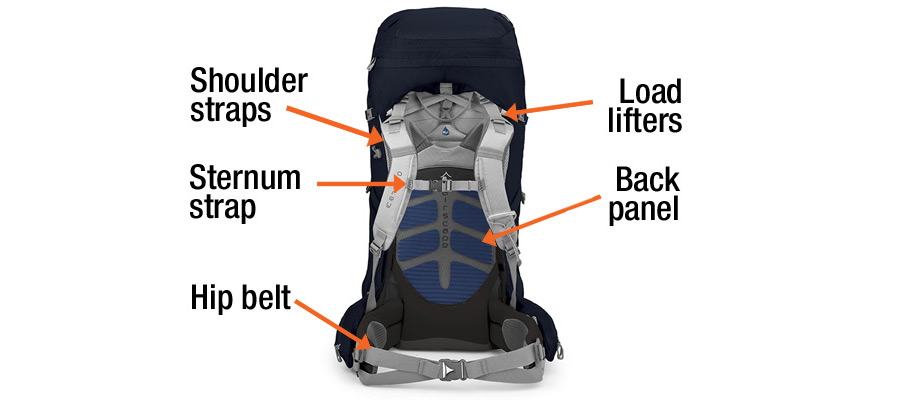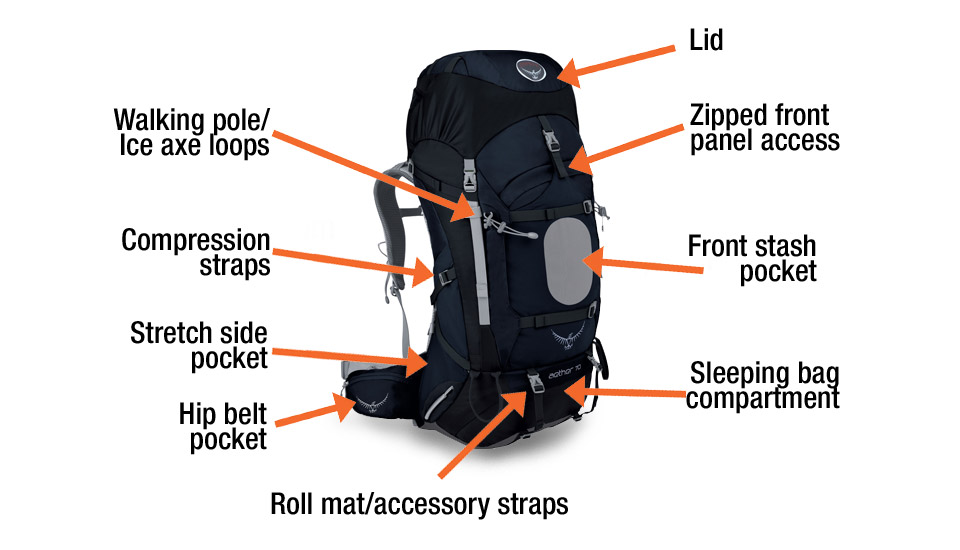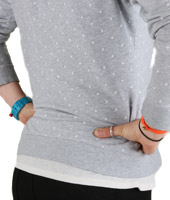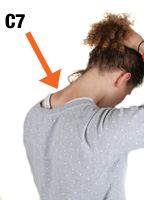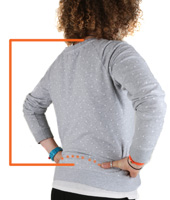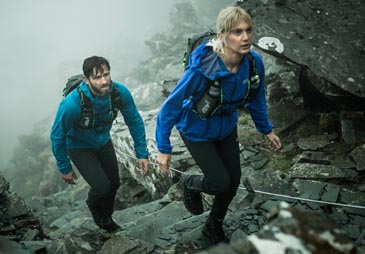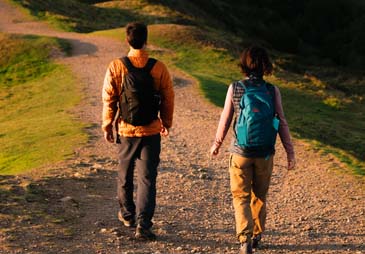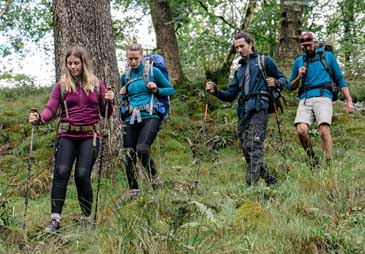Backpack Buying Guide
A key item on your kit list should be your rucksack or backpack. The right one will provide comfort and reliability day after day.
When choosing a pack there are a few main things to consider:
- How long are you going for – are you making the most of a bank holiday weekend or heading out on a multi-day trek? The amount of time you're away will affect how much you need to carry and the space required to fit everything in.
- Where and when are you going – when and where you are heading will change what you need to carry. Winter mountaineering in Scotland will require more layers and equipment than a summer trek in Spain.
- Personal preferences – are you a minimalist who loves to travel super light, or do you favour comfort? Depending on your hiking preference the type of backpack you'll need will change.
Once you've settled on your main requirements it's time to get picky. Rucksacks come with many features, back systems and materials. Knowing what you like (and don't) will help narrow the choices. Understanding the basic structure of a pack is also useful.
- Load lifters - These adjustment straps may look small but when used properly they'll make a big difference to the comfort of your pack. They connect the shoulder straps to the top of the pack frame and can change the angle and distance of the pack in relation to your body. This helps prevent a heavy pack from pulling away from you and keeps the load/weight of your pack centred on your hips.
- Back panel – Usually contoured and padded for your comfort, back panels come in a range of designs. Most are adjustable and some are sized to achieve that perfect fit. Foam channels provide cushioning and can improve breathability. For warm weather walking look out for the suspended mesh systems which offer high ventilation levels.
- Hip belt – Choose a backpack with a hip belt that fits correctly. Usually the bigger the pack the beefier the padding. This will offer maximum support and comfort when carrying heavy loads. The padding should come round over the hip bones to ensure the pack's weight is distributed evenly. The best thing is to try a couple of packs on and see what feels most comfortable for you.
- Shoulder straps – The thickness and type of padding used on the shoulder straps will often change with the size of the pack. Thick padded straps provide comfort and support; thinner padded straps offer better flexibility. Mesh straps with cut-out padding are great for ventilation.
- Sternum/chest strap – The sternum strap is attached to the shoulder straps and sits across the chest when done up. Ideally, the position and the length of the strap will be adjustable. Use to improve the stability of the pack and help keep shoulder straps stable (and stop them slipping).
Front features:
- Lid – The lid will often incorporate a pocket (or more) for easy access storage at the top of your pack. In some cases, the lid is removable for weight saving or even to use as a small hip pack.
- Zipped front panel access – A feature becoming more popular on backpacking packs. The front panel can be unzipped for easy access to the main compartment.
- Front stash pocket – Great in changeable weather. Use this to stash your jacket, guide book, camera and more.
- Sleeping bag compartment – Two compartments make organisation of big packs a lot easier. Commonly used to store a sleeping bag, the base compartment is often separated from the main pack by an internal divider. This can be undone to create one full section instead.
- Roll mat/accessory straps – Often used to secure a foam roll mat to the outside of the pack. These can also be used as general lash points.
- Hip belt pockets – These quick-access pockets are great for snacks, energy gels, phone, wallet, gloves and, other small essentials.
- Stretch side pockets – Side pockets are commonly used to store water bottles and are often made from a stretch material for an accessible yet secure fit.
- Compression straps – Use the compression straps to reduce the volume of your pack. They're particularly useful if your pack isn't full as they'll help keep the load stable.
- Walking pole/ice axe loops – Use these loops for your walking poles or ice axes.
How to Fit a Rucksack
A correctly fitted pack is arguably the most important aspect of the decision making process. Get the right fit and you'll have a pack that is comfortable, supportive and stable, get it wrong and shoulder, hip and back pain may ensue.
One of the key things to consider when fitting your pack is torso length. A common mistake people make is choosing a pack that's too long or too short based on their height. Just because you're a certain height doesn't mean that your torso length reflects that. Most packs are either adjustable or sized (or both). So the first step to knowing what size to choose is by measuring your back length.
See our backpack fitting guide for a more detailed guide on how to adjust straps to get the perfect fit.
How to measure your back length
Things you'll need: a friend and a flexible tape measure
Gender specific fits
We stock men's and women's specific packs alongside unisex models. Women typically have narrower necks, different shoulder-to-hip ratios and shorter back lengths. Our range of women's specific packs have fine-tuned harnesses and hip belts. These will provide anatomically correct fits.
Once you've found your perfect pack...
...Here are a few last things to consider:
- Waterproofness - Fully waterproof packs, especially large capacity backpacks are a rarity, that's because they require lots of stitching and have a hole in the top (so you can fill it!). Instead they're constructed from tough and durable fabrics which offer some water resistance but can also be coated with a Durable Water Repellent treatment to increase wet weather protection. It's also worth considering using a pack liner or dry bags; not only do they protect from moisture they also make organising gear a lot easier.
- Security – If you're backpacking abroad and likely to be travelling through a lot of cities, airports and stations it could be worth looking at security. Companies like Pacsafe produce a range of security products designed with travelling in mind, including slash proof mesh nets that cover the bag completely to protect your contents inside.
- Homeward bound – when it's time to return home, items like Osprey's Airporter make flying easier. No more worry about straps getting caught or items falling out, just put your backpack inside the duffle-like Airporter for safe and secure transport home.

